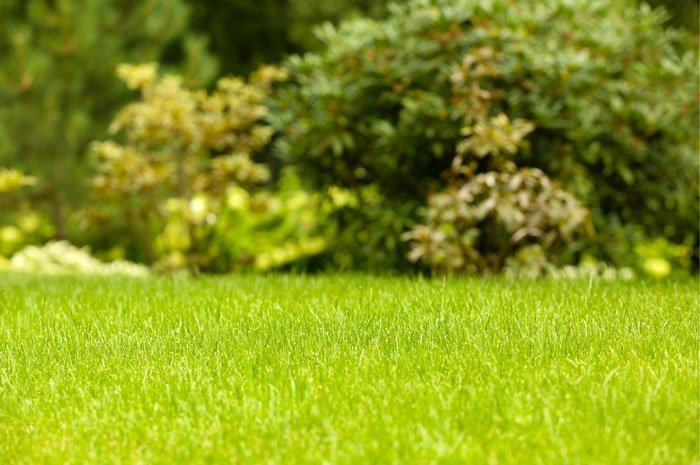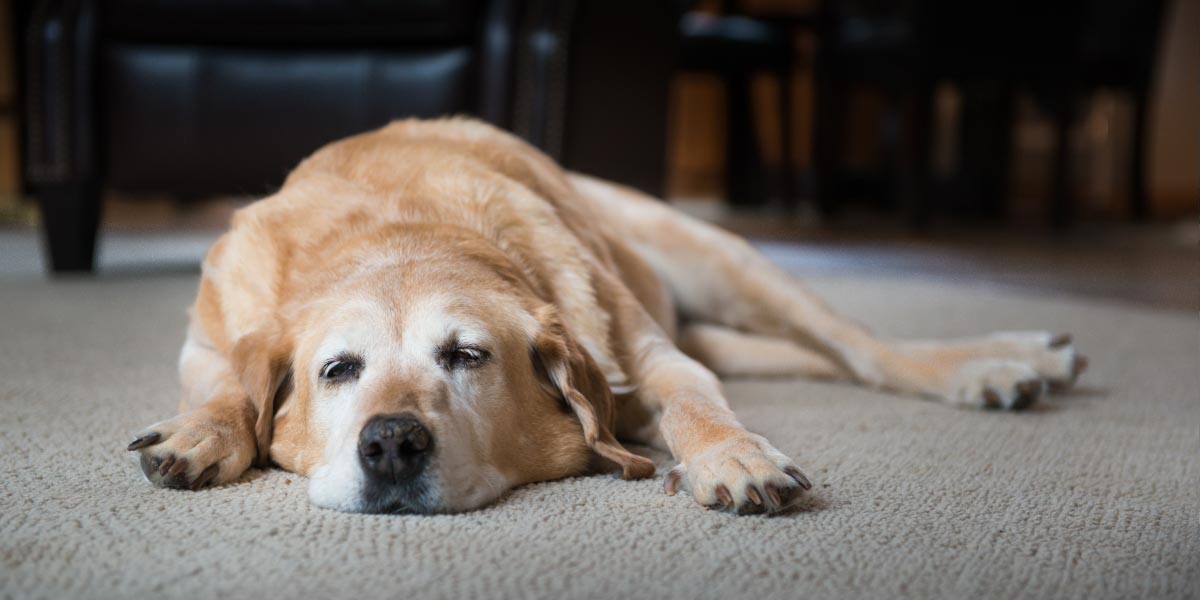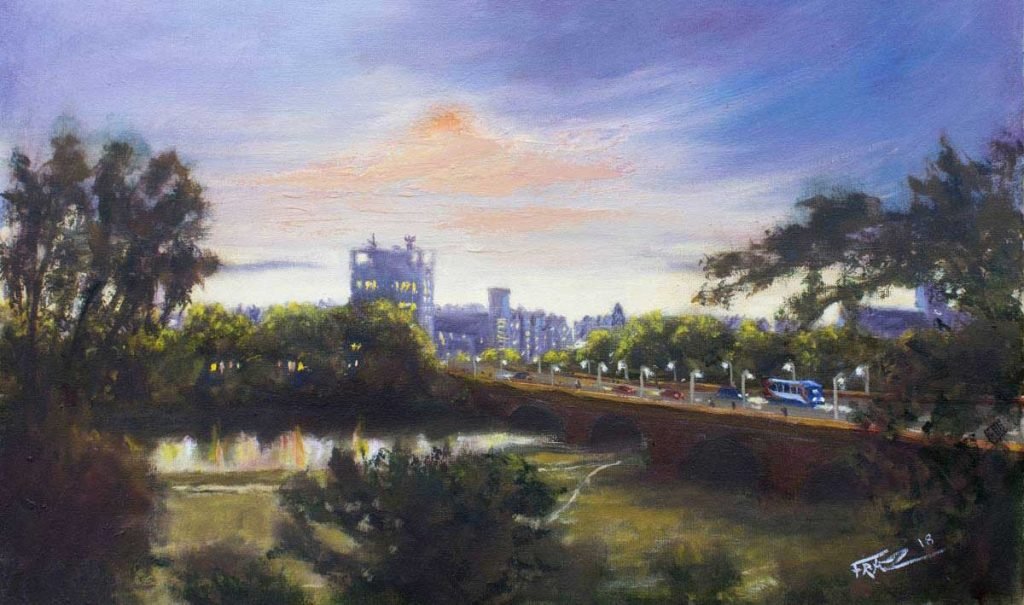From garden designers there are designs that increasingly take into account climate change, TV programmes like Gardeners World that encourage the use of more sustainable gardening materials
For many of you I am sure some of the common sense practices promoted are things you have been doing for years, but what lies behind these soundings?
In case you missed it last month was ‘No Mow May’, a campaign by the organisation Plantlife. The message was simple: leave your lawn to grow during the month of May so that instead of a green sward you would have a lawn full of flowers providing nectar for pollinators. At the end of the month people were then encouraged to take part in a survey ‘Every Flower Counts’ which would serve to determine how many bees our lawns could feed. A good idea I think, but I am sure for many that aspire to having a lovely green tight mown sward with stripes as true as an arrow perhaps not!

There is no doubt that the way we have gardened in the past will need to change to reflect a changing climate and a terrible loss of insect species. I think in general we as gardeners contribute greatly to the environmental well being of the planet through planting colourful insect friendly borders, but maybe with a little tweeking we can be more wildlife friendly without too much trouble, and still have our formal area. I am a great believer in a balanced approach here; if you want a totally wild garden then fine, but for many, myself included I like formal gardens and they can provide a haven for wildlife.
Many years ago whilst working as the Conservation Officer for the Borough of Watford I gave talks on wildlife gardening to groups and organisations. My message was simple – have your traditional garden but make space wherever possible for a wilder, more natural, unkempt patch. This could be translated into a patch of nettles, an area never touched by a strimmer, or ever mown.
This approach has been around a long time, long before fears for species loss was understood or talked about. Great garden designers like Gertrude Jekyll took a sympathetic approach to wildlife gardening, and contrasted the formal geometry of Italian styled gardens with the wider countryside in her designs.
In essence there are simple approaches we can all take to make our gardens and gardening activities greener. We can avoid peat based composts, harmful slug pellets, and think a little bit about reducing the water we need for our gardens through careful selection of plants, and moisture retaining solutions such as mulches. Even if you don’t wait for the grass to grow up to your knees, you can keep the lawn longer and greener (its better that way to avoid the moss, and the scorched earth look in dry periods).
And finally try to reuse all that you can. Whilst plastic is still with us keep using those plant pots until they simply fall apart. That way we can keep them out of the bin for as long as we can. Some nurseries are already leading the way in peat free growing mediums and even selling compost in bags for life. I will certainly support them.
Happy gardening
Author: DAVID FLETCHER
David Fletcher MCIHort is a fully qualified member of the Chartered Institute of Horticulture, and has been a gardener most of his life, both as a professional and an amateur.






